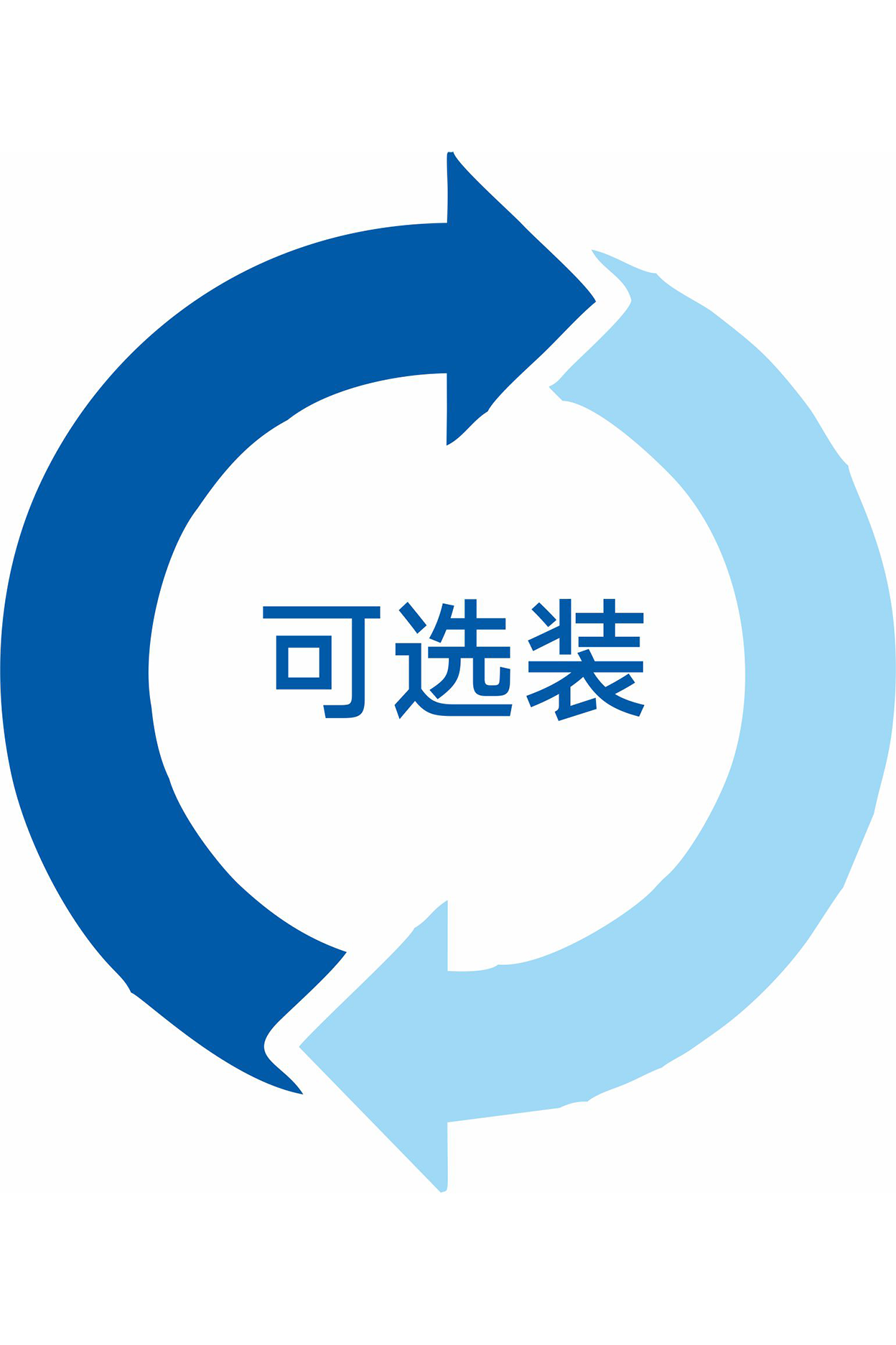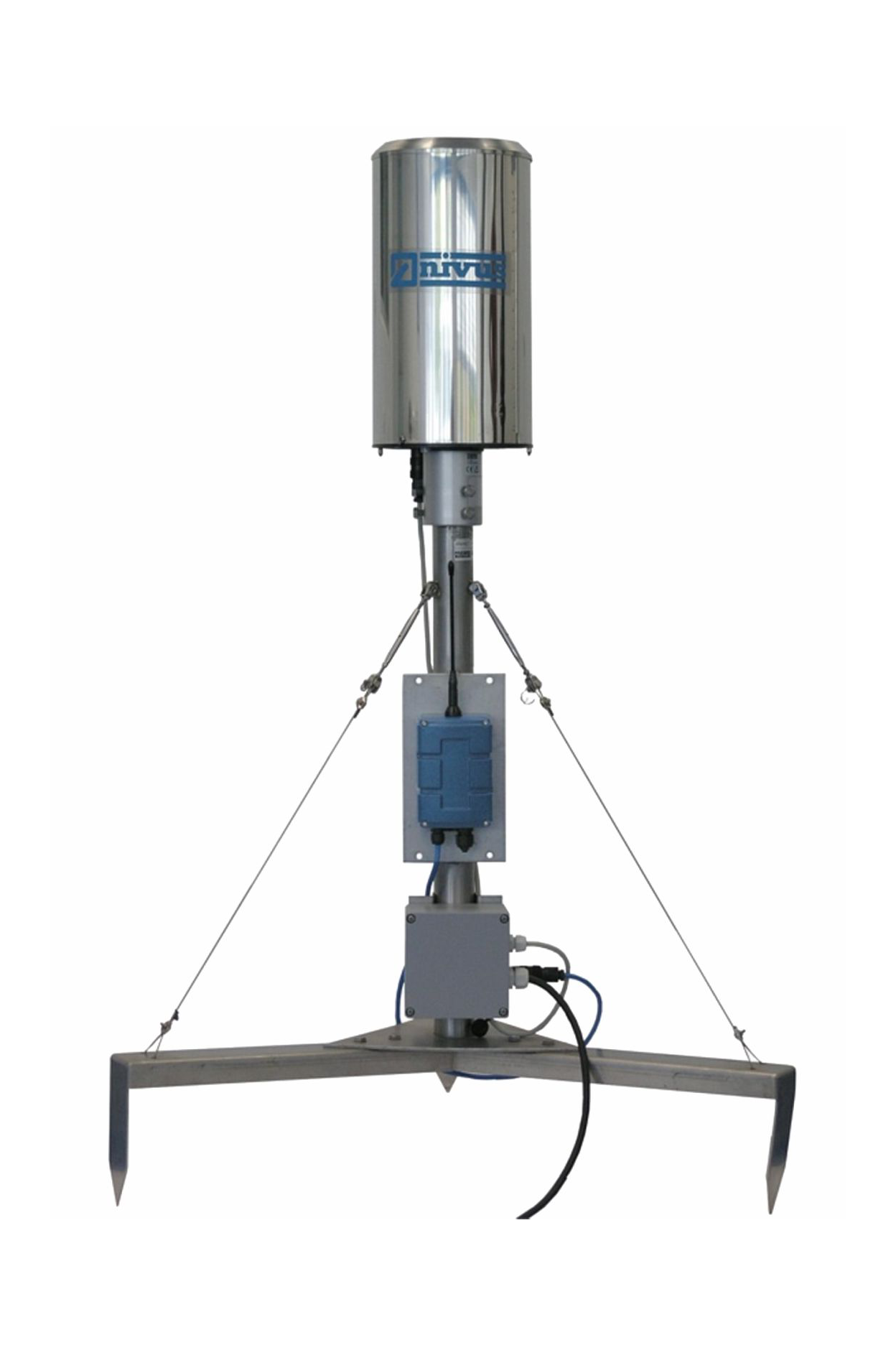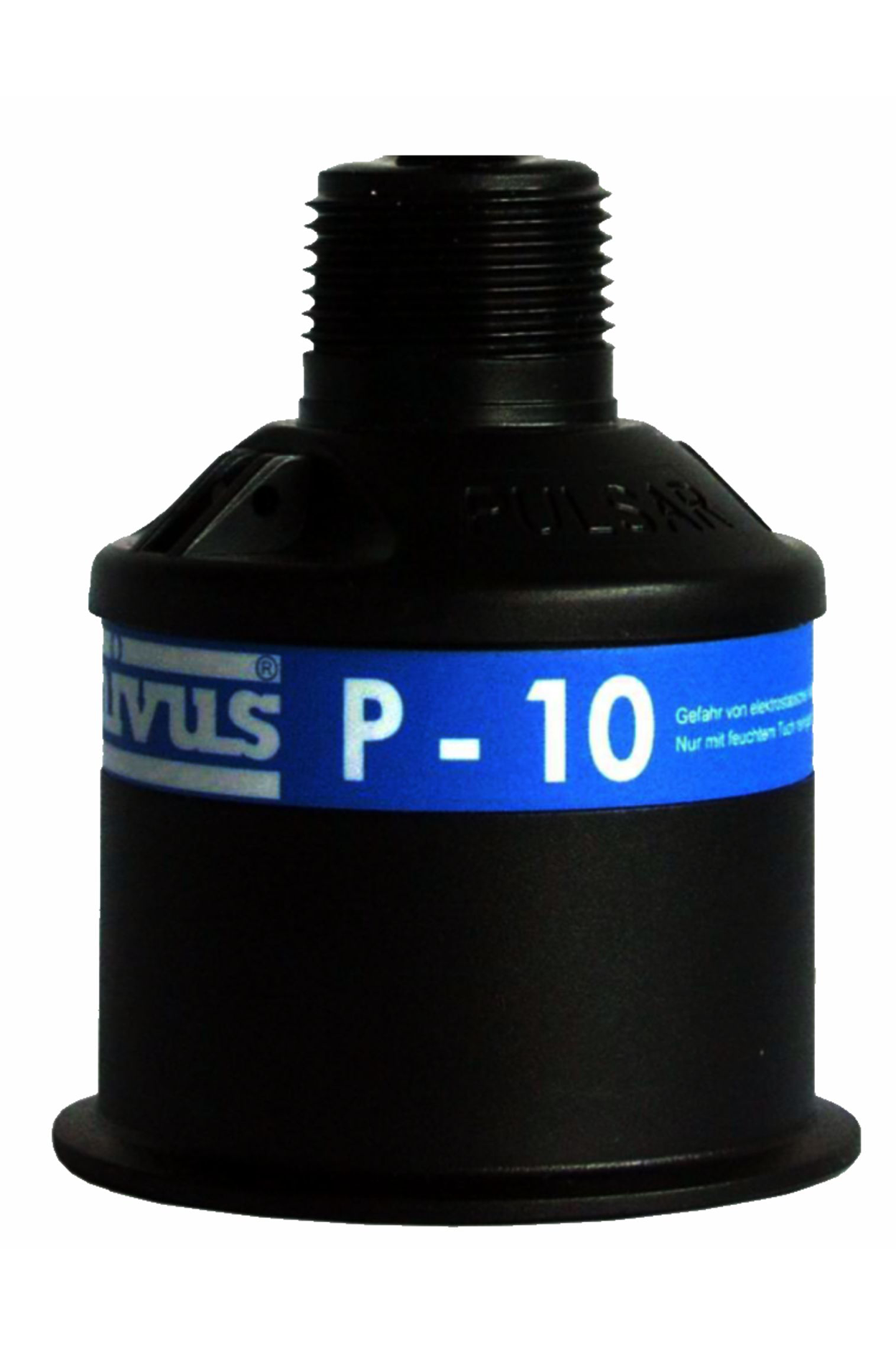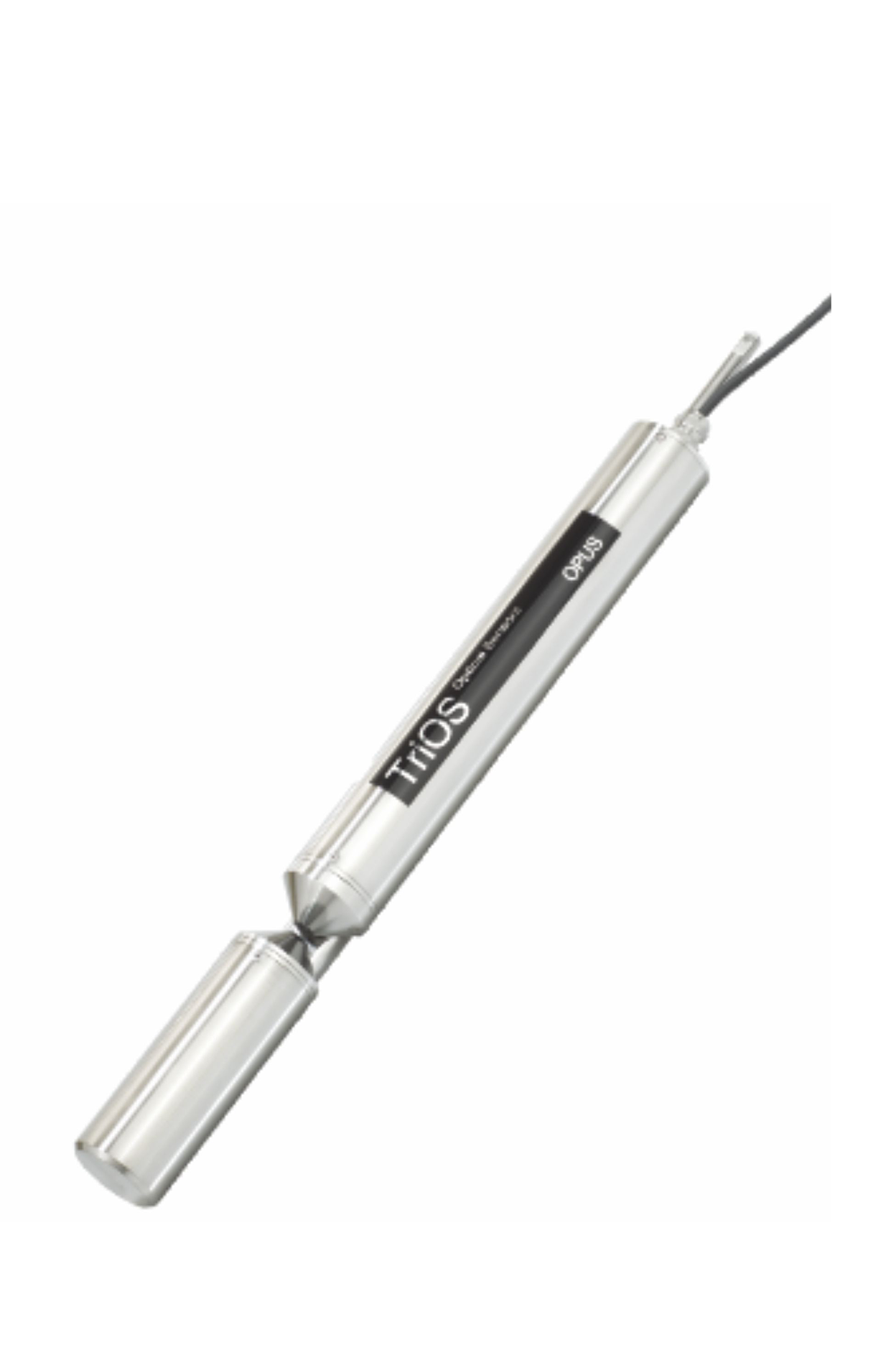Rain and sewage separation equipment integration
Summary: Comprises intelligent interception well equipment (hydraulic flow control valves, bottom-opening weirs, rotary weirs, etc.), online monitoring instruments, and an automated control system. It monitors water quality and flow parameters in real-time using sensors, and uses PLC intelligent control to achieve precise separation of rainwater and sewage. It has sewage interception, flood prevention, and backflow prevention functions. Equipped with a remote monitoring platform, it enables visualization analysis of operating data, intelligent early warning, and remote control, effectively improving the efficiency of the drainage system, reducing overflow pollution, and is suitable for municipal drainage pipe network renovation and sponge city construction.

Solution Introduction
Comprises intelligent intercepting well equipment (hydraulic control valves, bottom-opening weirs, rotary weirs, etc.), online monitoring instruments, and an automated control system. It uses sensors to monitor water quality and flow parameters in real-time, and uses PLC intelligent control to achieve precise separation of rainwater and sewage, with functions of sewage interception, flood prevention, and backflow prevention. Equipped with a remote monitoring platform, it enables visualization analysis of operating data, intelligent early warning, and remote control, effectively improving the efficiency of the drainage system, reducing overflow pollution, and is suitable for municipal drainage pipe network renovation and sponge city construction.
Basic Principle
Advantages of the Solution
● Intelligent Diversion
● Remotely Controllable
● Pre-treatment (Reduces the risk of overflow pollution)
● Saves operating costs
Common core equipment for pre-treatment intelligent diversion wells includes: ultra-nano gas-dissolved oxygenation system, control valve, bottom-opening weir, rotary weir.
Core Equipment
  | |||
① Ultra-nano gas-dissolved oxygenation system This method injects high-concentration dissolved oxygen into the bottom of the water body to inhibit the generation of odorous gases such as H2S, NH3-N, and mercaptans. Simultaneously, it oxidizes Fe2+ to Fe3+, mineralizing the sediment. Black sludge gradually transforms into brownish-yellow, and Fe3+ can adsorb particulate matter for co-sedimentation, improving water transparency. Continuous oxygenation promotes the recovery of aerobic microbial flora, especially nitrifying bacteria, accelerating the degradation of NH3-N in the water body. | ② Control Valve A device that controls the flow into the downstream pipe network by using hydraulic control of the valve opening based on pipeline flow. | ③ Hydraulic Bottom-Opening Weir Used in pipes, culverts, or channels, it can play a role in flushing, backflow prevention, and flow regulation. The device opens downwards, not occupying the upper space.
| Rotary Weir Mainly used for intercepting and storing water, controlling drainage flow, and regulating upstream water levels. |
Auxiliary Equipment
 |  |  |
④ Rain Gauge Detects liquid precipitation (rain) falling on the ground. Models equipped with integrated heaters can detect solid precipitation (snow or hail). | ⑤ Ultrasonic Sensor Used for non-contact level measurement of liquids, slurries, sludge, and bulk solids. |
⑥ Online COD Monitor Used to measure carbon and nitrogen compounds. Through spectral analysis, it provides reliable COD values and some other organic components and parameters.
|




